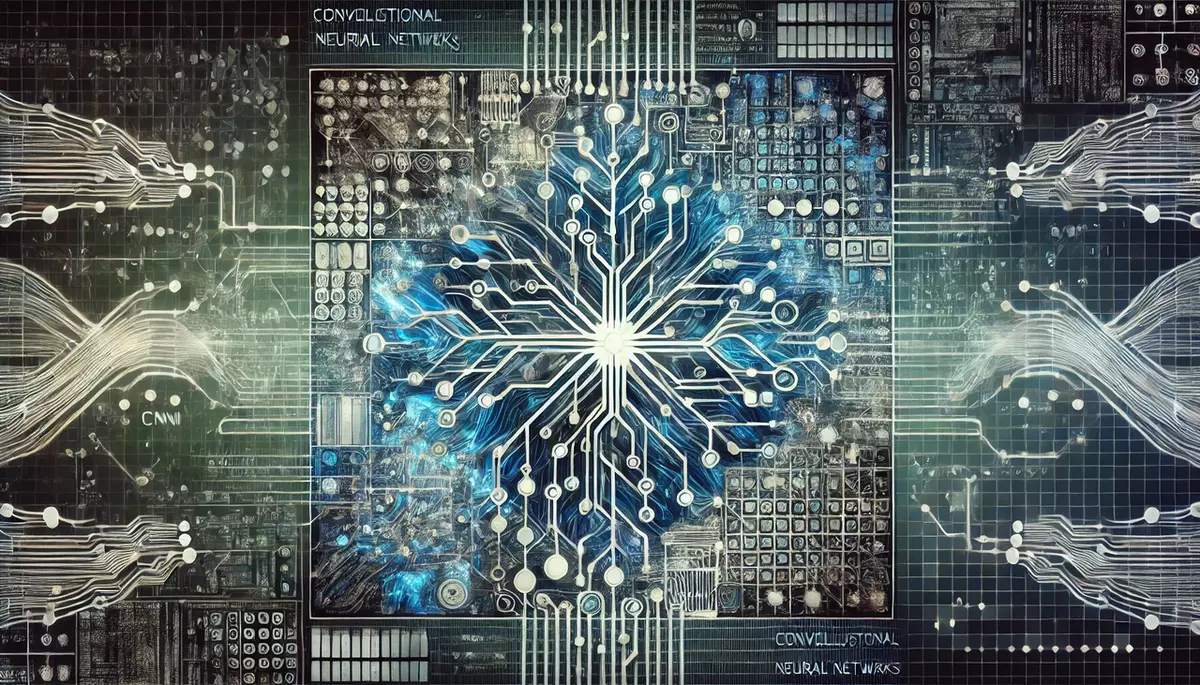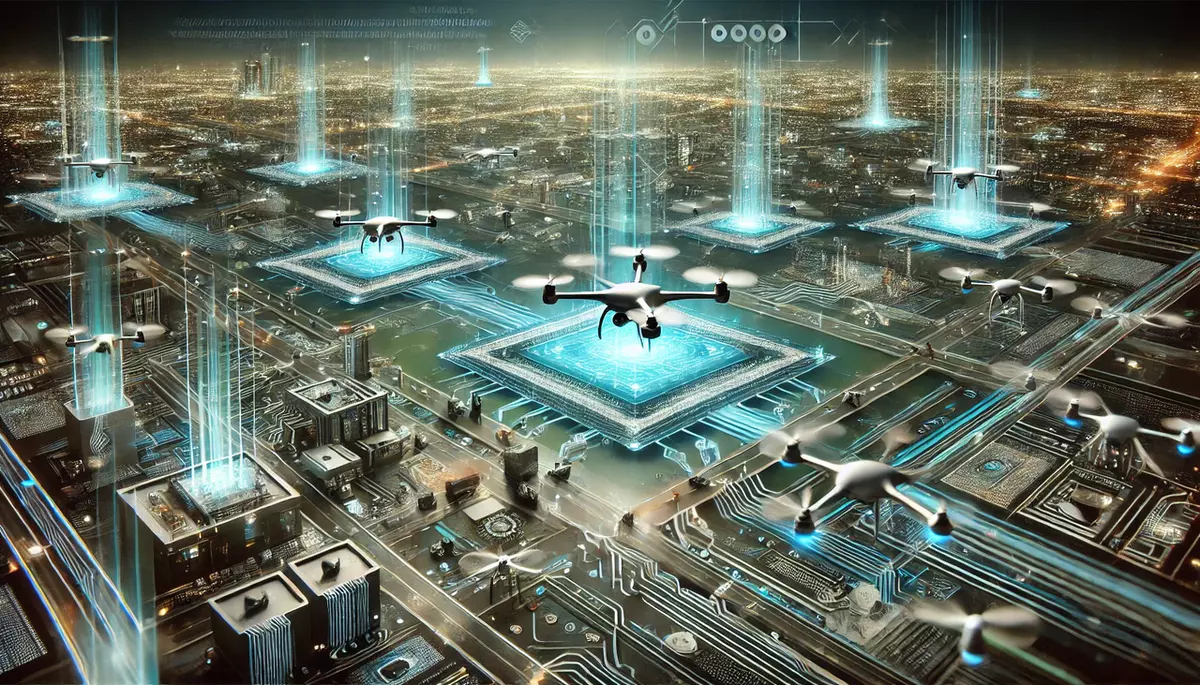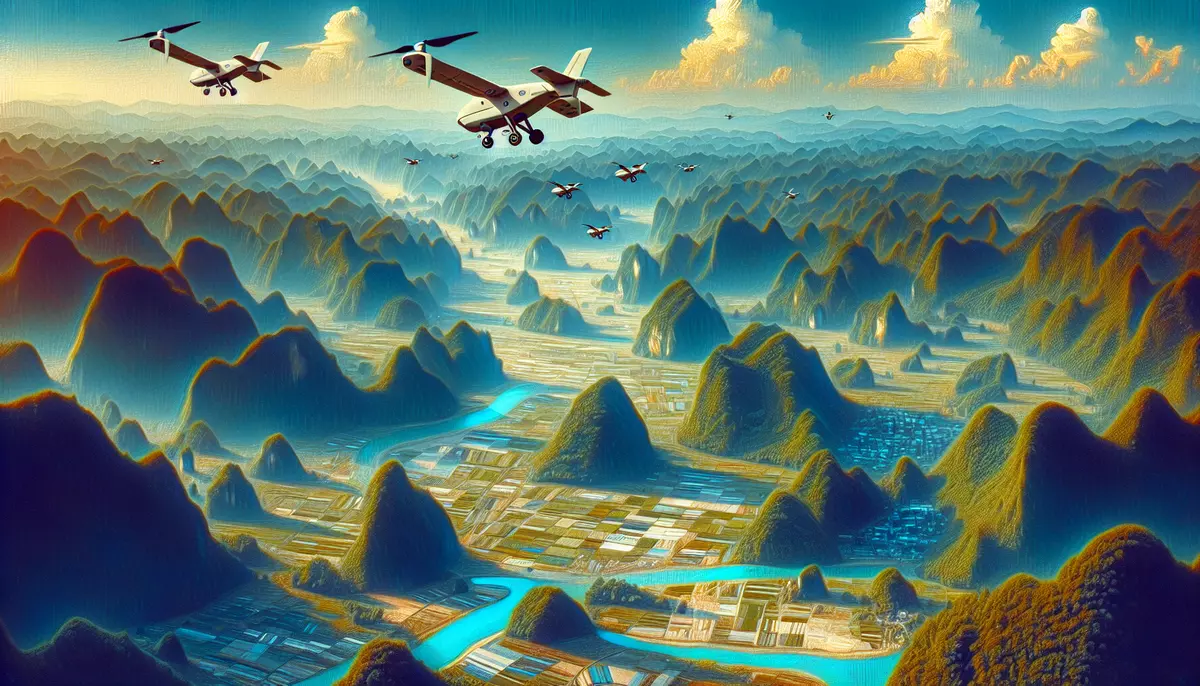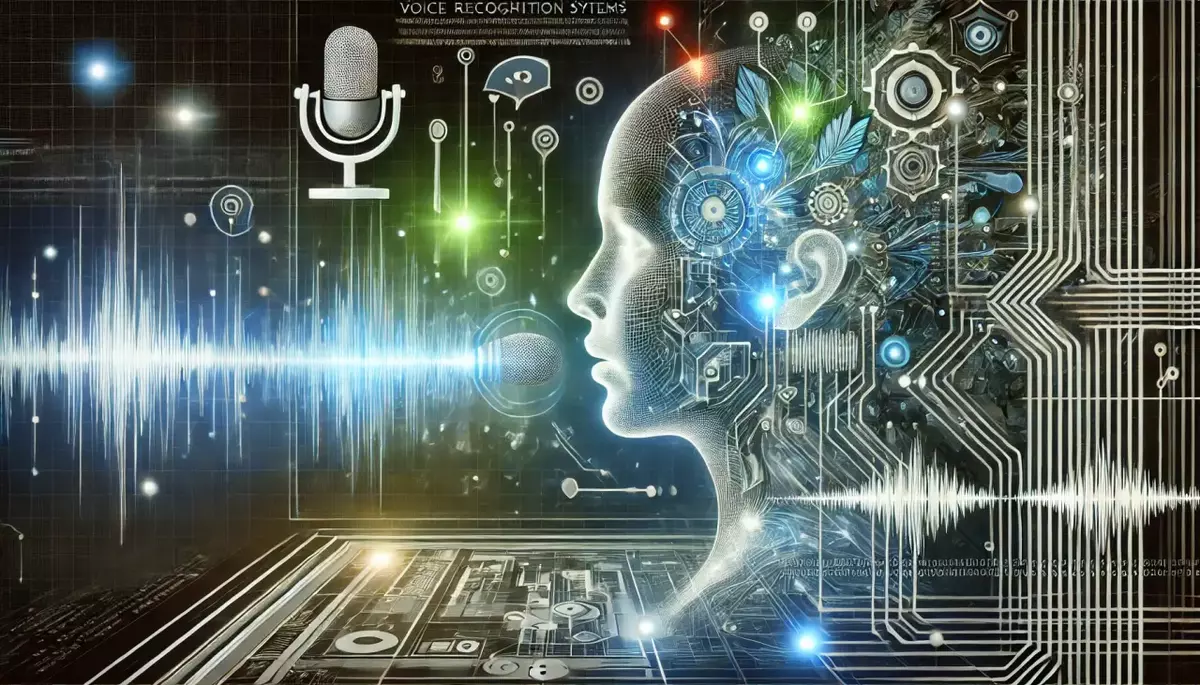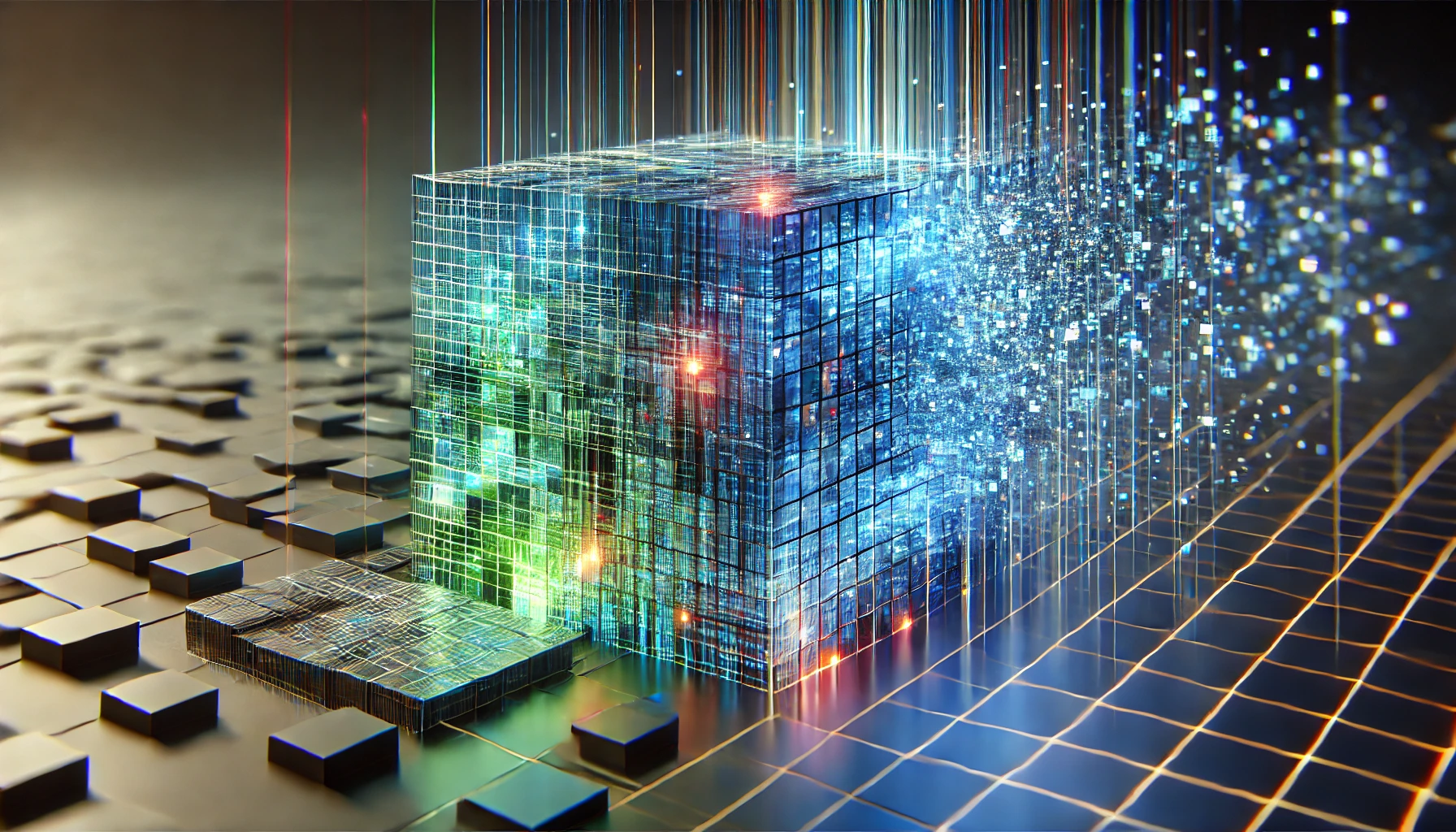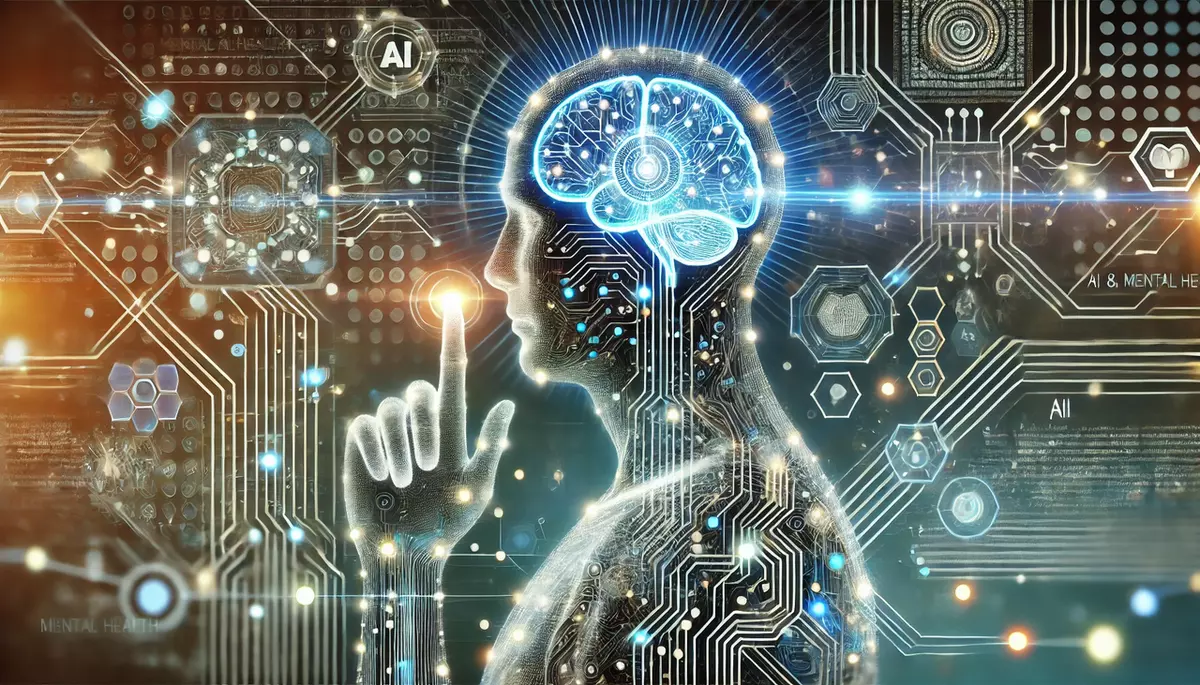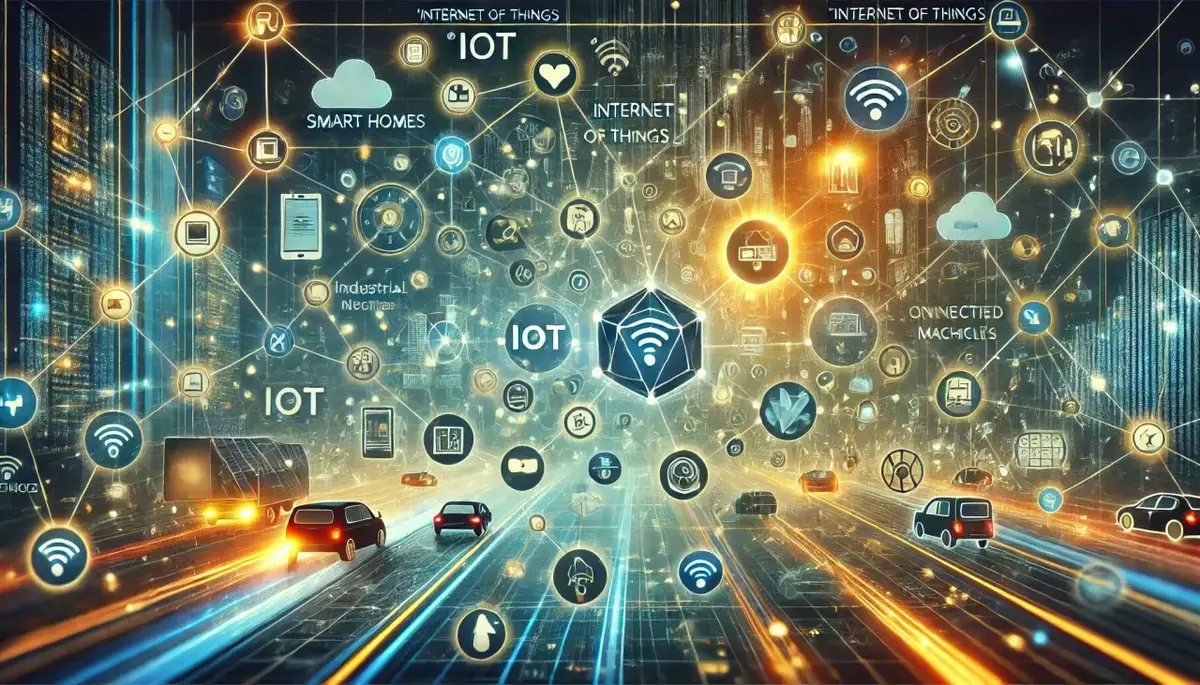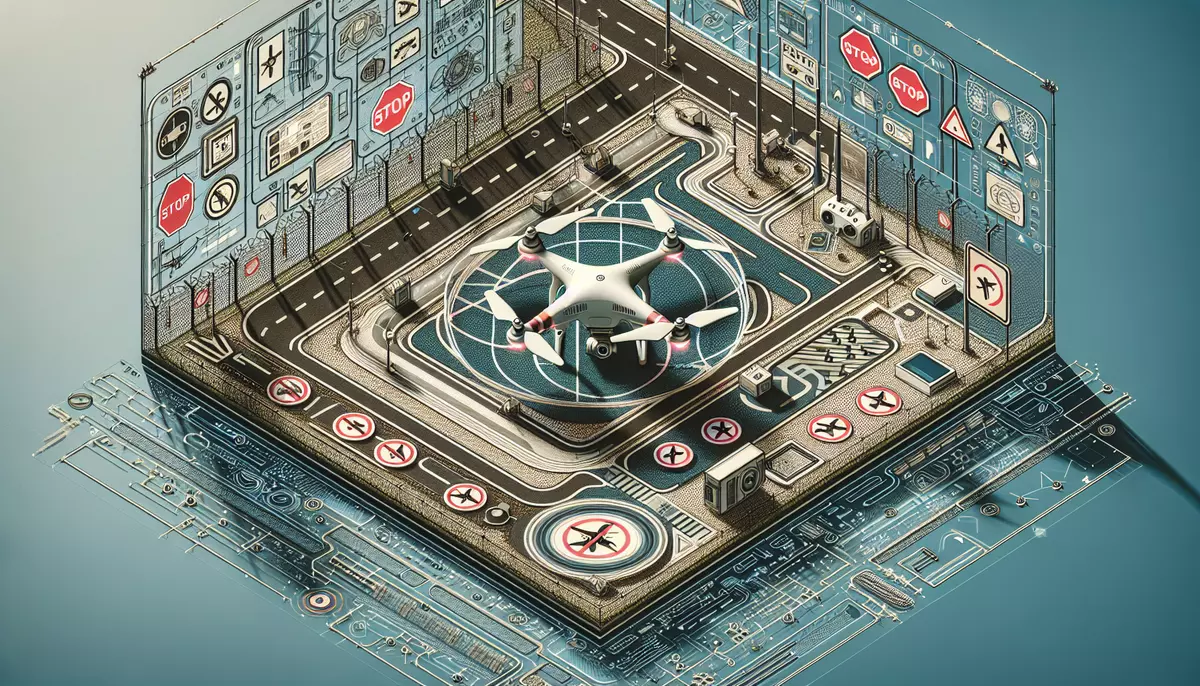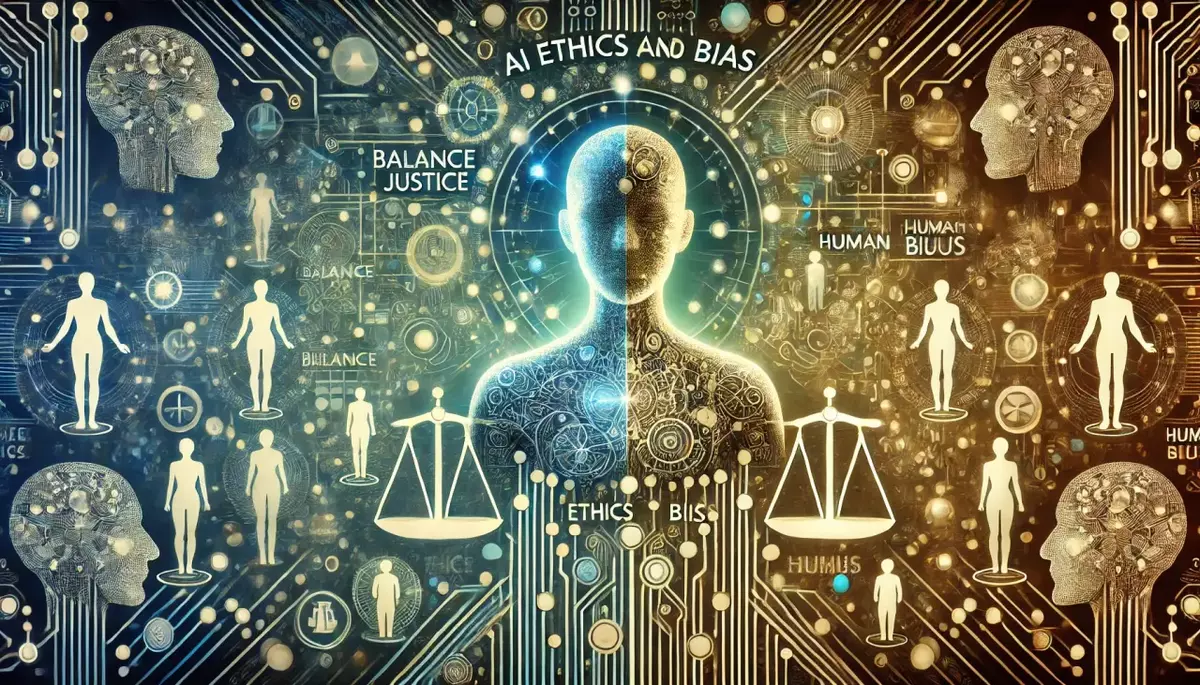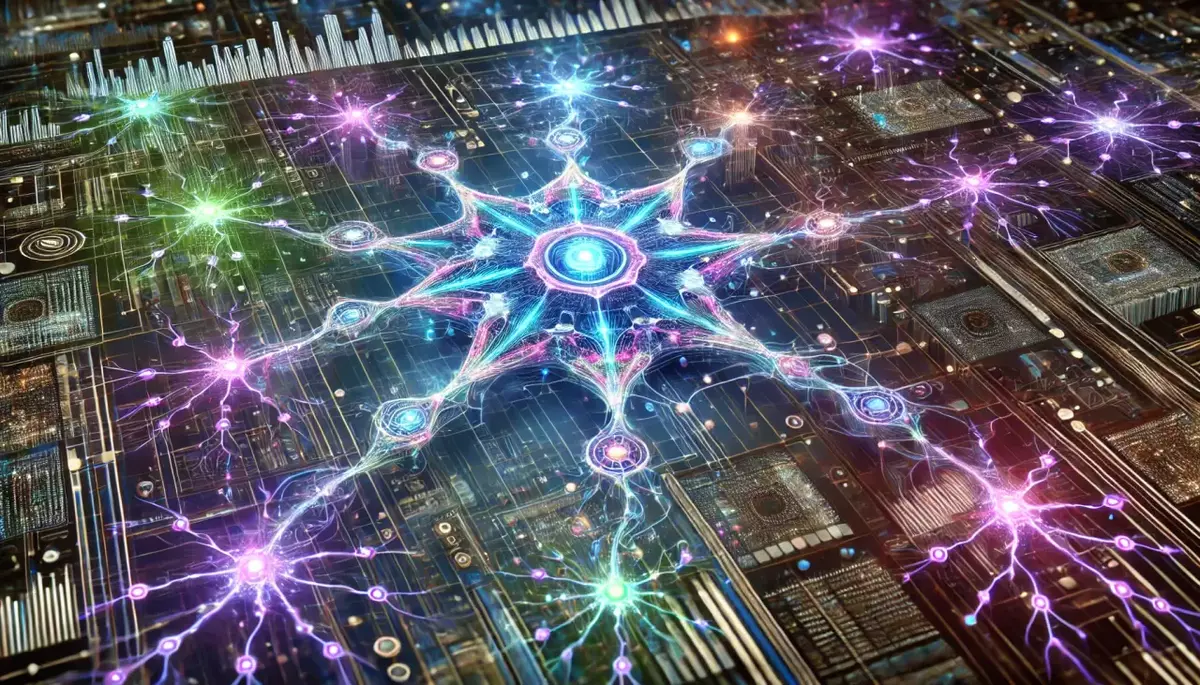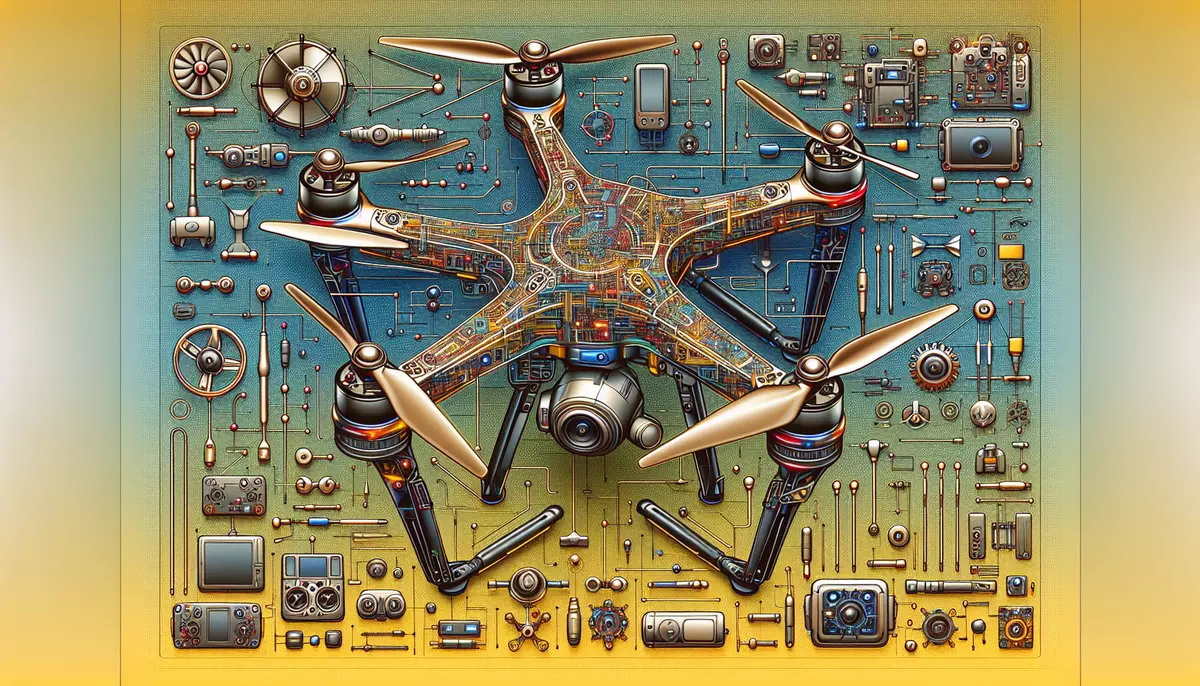Introduction
Convolutional Neural Networks (CNNs) are a specialized type of artificial neural network that have revolutionized the field of computer vision and image recognition. CNNs are designed to automatically and efficiently extract features from visual data, making them highly effective for tasks such as image classification, object detection, and semantic segmentation.
What are Convolutional Neural Networks?
Convolutional Neural Networks are a deep learning algorithm inspired by the human visual cortex. They are composed of multiple layers that perform different operations on the input data, allowing them to learn and recognize complex patterns in images and other visual information.
Key Components of CNNs:
- Convolutional Layers: These layers apply a set of learnable filters to the input image, extracting features such as edges, shapes, and textures.
- Pooling Layers: These layers reduce the spatial dimensions of the feature maps, helping to make the network more robust to small variations in the input.
- Fully Connected Layers: These layers take the output of the convolutional and pooling layers and use it to classify the input image into a specific category.
How Do Convolutional Neural Networks Work?
Convolutional Neural Networks work by applying a series of mathematical operations to the input image, gradually extracting and learning the most relevant features for the task at hand.
The CNN Architecture:
- Input Layer: The input layer receives the raw image data, typically in the form of a 2D or 3D tensor (e.g., a 3-channel RGB image).
- Convolutional Layers: These layers apply a set of learnable filters (also known as kernels or feature detectors) to the input, producing feature maps that capture local patterns and structures in the image.
- Pooling Layers: These layers reduce the spatial dimensions of the feature maps, helping to make the network more robust to small variations in the input and reducing the computational complexity.
- Fully Connected Layers: These layers take the output of the convolutional and pooling layers and use it to classify the input image into a specific category.
- Output Layer: The output layer provides the final classification or prediction result.
Applications of Convolutional Neural Networks
Convolutional Neural Networks have a wide range of applications in various fields, including:
Computer Vision:
- Image Classification: Identifying the class or category of an input image.
- Object Detection: Locating and identifying objects within an image.
- Semantic Segmentation: Assigning a class label to each pixel in an image, allowing for detailed understanding of the scene.
Medical Imaging:
- Disease Diagnosis: Analyzing medical images (e.g., X-rays, MRI scans) to detect and diagnose various medical conditions.
- Image-guided Surgery: Providing real-time guidance and assistance during surgical procedures.
Autonomous Vehicles:
- Object Recognition: Detecting and identifying objects, such as pedestrians, vehicles, and traffic signs, for safe navigation.
- Scene Understanding: Comprehending the overall environment and context to make informed decisions.
Advantages and Limitations of CNNs
Advantages:
- Automatic Feature Extraction: CNNs can learn and extract relevant features from the input data, reducing the need for manual feature engineering.
- Spatial Awareness: The convolutional and pooling layers allow CNNs to capture spatial relationships and local patterns in the input data.
- Scalability: CNNs can be scaled to handle larger and more complex input data, making them suitable for a wide range of applications.
Limitations:
- Data Dependency: CNNs require large amounts of labeled training data to achieve high performance, which can be time-consuming and expensive to obtain.
- Computational Complexity: The deep architecture of CNNs can be computationally intensive, especially for real-time applications or deployment on resource-constrained devices.
- Interpretability: The inner workings of CNNs can be difficult to interpret, making it challenging to understand the reasoning behind their decisions.
Future Developments in Convolutional Neural Networks
The field of Convolutional Neural Networks is constantly evolving, with researchers and practitioners exploring new ways to improve their performance, efficiency, and interpretability. Some of the key areas of future development include:
- Efficient CNN Architectures: Designing more compact and efficient CNN models that can run on a wide range of hardware, including mobile and edge devices.
- Transfer Learning and Domain Adaptation: Leveraging pre-trained CNN models to solve new tasks or adapt to different domains, reducing the need for large amounts of labeled data.
- Explainable AI: Developing techniques to make the decision-making process of CNNs more transparent and interpretable, enabling better understanding and trust in their outputs.
- Generative Adversarial Networks (GANs): Combining CNNs with GANs to generate realistic synthetic data, which can be used to augment training datasets and improve model performance.
Conclusion
Convolutional Neural Networks have revolutionized the field of computer vision and have become an essential tool for a wide range of applications. By leveraging their ability to automatically extract and learn relevant features from visual data, CNNs have enabled significant advancements in areas such as image classification, object detection, and medical imaging. As the field continues to evolve, we can expect to see even more powerful and versatile CNN-based solutions that will further transform the way we interact with and understand the world around us.
This knowledge base article is provided by Fabled Sky Research, a company dedicated to exploring and disseminating information on cutting-edge technologies. For more information, please visit our website at https://fabledsky.com/.
References
- LeCun, Y., Bengio, Y., & Hinton, G. (2015). Deep learning. Nature, 521(7553), 436-444.
- Goodfellow, I., Bengio, Y., & Courville, A. (2016). Deep learning. MIT press.
- Krizhevsky, A., Sutskever, I., & Hinton, G. E. (2012). Imagenet classification with deep convolutional neural networks. Advances in neural information processing systems, 25, 1097-1105.
- Gu, J., Wang, Z., Kuen, J., Ma, L., Shahroudy, A., Shuai, B., … & Chen, T. (2018). Recent advances in convolutional neural networks. Pattern Recognition, 77, 354-377.
- Rawat, W., & Wang, Z. (2017). Deep convolutional neural networks for image classification: A comprehensive review. Neural computation, 29(9), 2352-2449.

